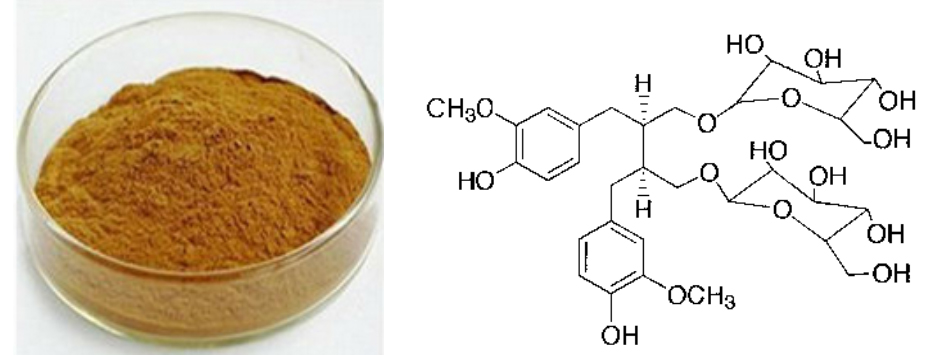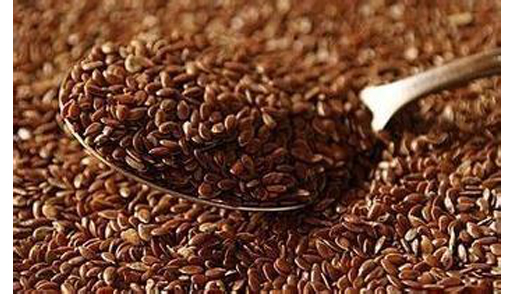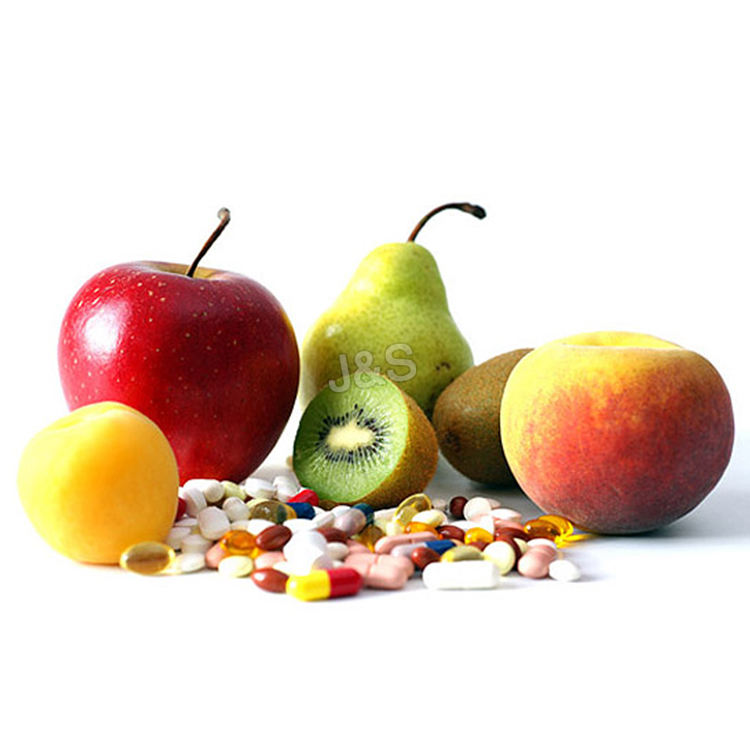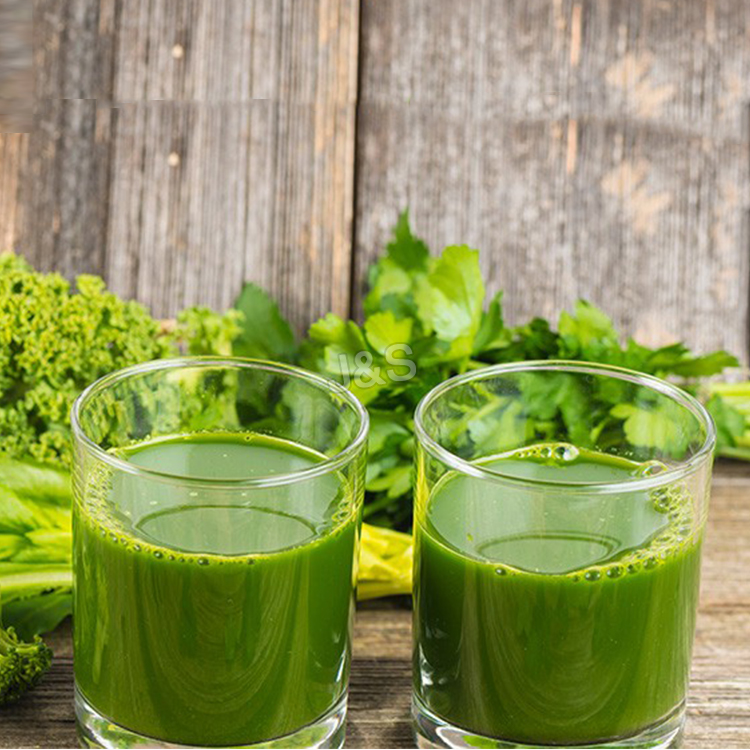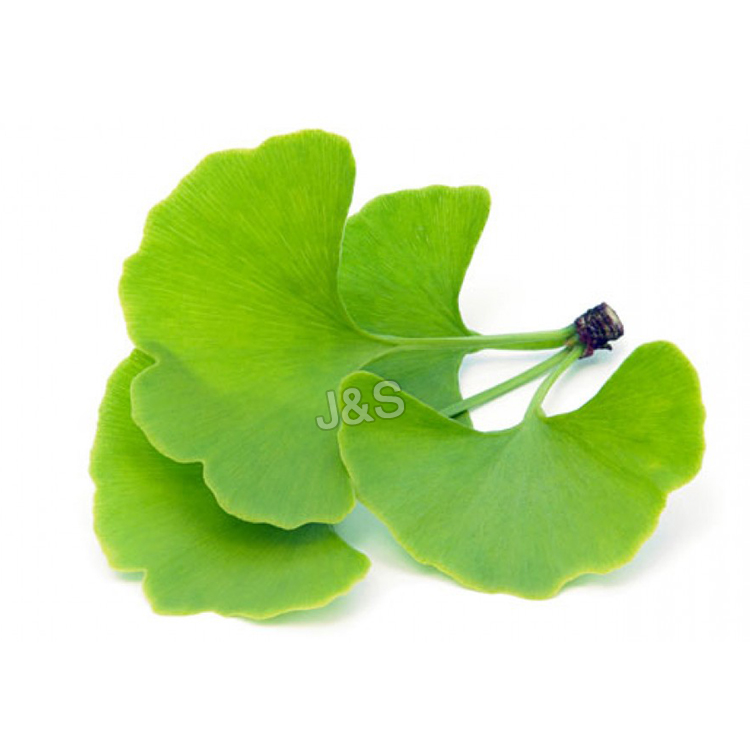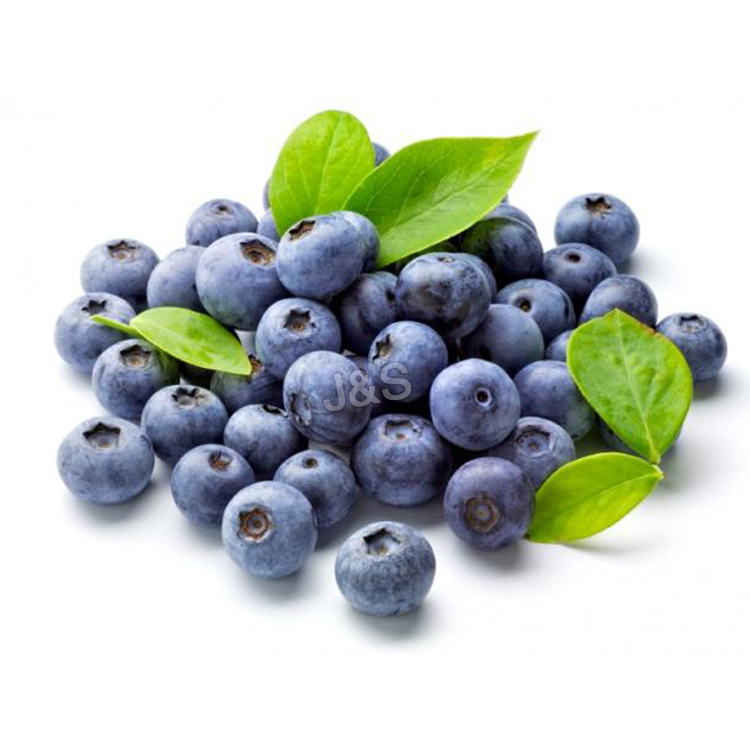High Definition For Flaxseed Extract in Greece
High Definition For Flaxseed Extract in Greece Detail:
[Latin Name] Linum Usitatissimum L.
[Plant Source] from China
[Specifications]SDG20% 40% 60%
[Appearance] yellow brown powder
Plant Part Used:Seed
[Particle size] 80 Mesh
[Loss on drying] ≤5.0%
[Heavy Metal] ≤10PPM
[Storage] Store in cool & dry area, keep away from the direct light and heat.
[Shelf life] 24 Months
[Package] Packed in paper-drums and two plastic-bags inside.
[Net weight] 25kgs/drum
Product description:
Flaxseed extract is a kind of plant ligan most notably found in flaxseed. Secoisolariciresinol diglycoside, or SDG is existed as its main bioactive components. SDG is classified as a phytoestrogen since it is a plant-derived, nonsteroid compound that possesses estrogen-like activity. Flaxseed extract SDG has weak estrogenic activity, when intake as food it will be trasfer to flax ligan which have same structure with estrogens.The level of SDG in flaxseed typically varies between 0.6% and 1.8%. Flaxseed extract powder SDG can reduce the blood lipid, cholesterin and triglyceride, it can also prevent for apoplexy, hyperension, blood clots, arteriosclerosis and arrhythmia. In addition, flax seed extract powder SDG is benificial for diabetes and CHD.
Main Function:
1.Flaxseed extract used to lose weight. Can burn surplus fat of Body;
2.Flaxseed extract will reduce allergic reaction, reduce asthma, improve arthritis;
3.Flaxseed extract with the function of improving female menstrual period syndrome;
4.Flaxseed extract can reduce the bad influence of hazardous chemicals produced when under pressure, control Stress, reduce depression and insomnia;
5.Flaxseed extract will improve skin fat content, moisten the skin smooth, soft and flexible, make the skin breath and sweat to normal, to mitigate various skin problems.
Product detail pictures:
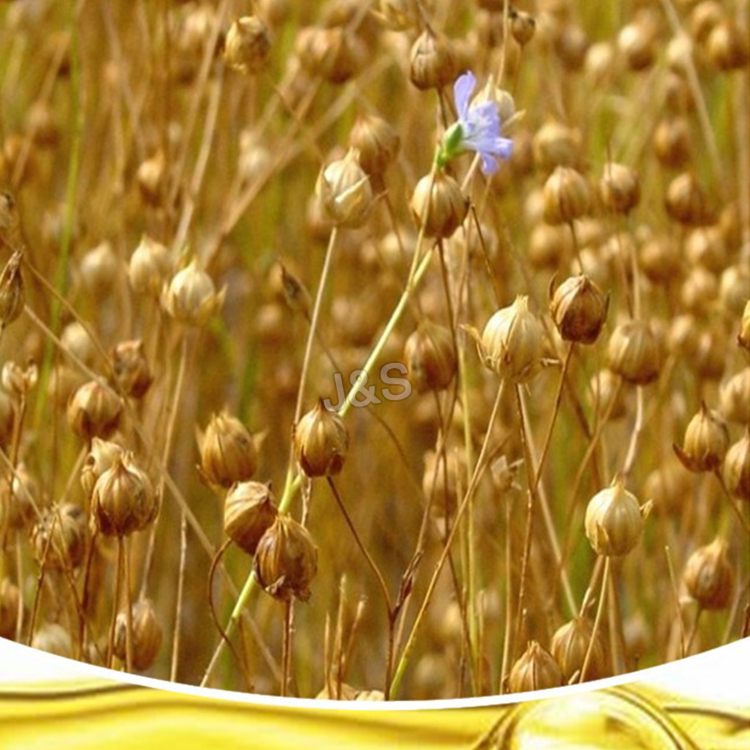
Related Product Guide:
Sticking to your belief of "Creating solutions of high quality and generating buddies with people from all around the world", we always put the fascination of customers to start with for High Definition For Flaxseed Extract in Greece , The product will supply to all over the world, such as: Seattle, Jamaica, Tunisia, Our advanced equipment, excellent quality management, research and development ability make our price down. The price we offering may not be the lowest, but we guarantee it is absolutely competitive! Welcome to contact us immediately for future business relationship and mutual success!
056 – Biological and Polymer Systems
In this video Paul Andersen explains how the structure of a biomolecule fits the function of the biomolecule. For example and enzyme must interact correctly with a substrate to lower the activation energy, The covalent and non-covalent interactions are both important in shaping large molecules. Knowledge of structure allows humans to create useful synthetic polymers (like nylon or kevlar).
Do you speak another language? Help me translate my videos:
https://www.bozemanscience.com/translations/
Music Attribution
Title: String Theory
Artist: Herman Jolly
https://sunsetvalley.bandcamp.com/track/string-theory
All of the images are licensed under creative commons and public domain licensing:
“File:100 0783.JPG.” Wikipedia, the Free Encyclopedia. Accessed December 23, 2013. https://en.wikipedia.org/wiki/File:100_0783.JPG.
“File:Alpha-D-glucopyranose-2D-skeletal.png.” Wikipedia, the Free Encyclopedia. Accessed December 23, 2013. https://en.wikipedia.org/wiki/File:Alpha-D-glucopyranose-2D-skeletal.png.
“File:Amino Acid Zwitterions.svg.” Wikipedia, the Free Encyclopedia. Accessed December 23, 2013. https://en.wikipedia.org/wiki/File:Amino_acid_zwitterions.svg.
“File:Blue Nylon Ball Gown 2007.154.jpg.” Wikipedia, the Free Encyclopedia. Accessed December 23, 2013. https://en.wikipedia.org/wiki/File:Blue_nylon_ball_gown_2007.154.jpg.
“File:DNA Orbit Animated Static Thumb.png.” Wikipedia, the Free Encyclopedia. Accessed December 23, 2013. https://en.wikipedia.org/wiki/File:DNA_orbit_animated_static_thumb.png.
“File:Induced Fit Diagram.svg.” Wikipedia, the Free Encyclopedia. Accessed December 23, 2013. https://en.wikipedia.org/wiki/File:Induced_fit_diagram.svg.
“File:Main Protein Structure Levels En.svg.” Wikipedia, the Free Encyclopedia. Accessed December 23, 2013. https://en.wikipedia.org/wiki/File:Main_protein_structure_levels_en.svg.
“File:Myoglobin.png.” Wikipedia, the Free Encyclopedia. Accessed December 23, 2013. https://en.wikipedia.org/wiki/File:Myoglobin.png.
“File:Nylon-3D-h Bond.png.” Wikipedia, the Free Encyclopedia. Accessed December 23, 2013. https://en.wikipedia.org/wiki/File:Nylon-3D-h_bond.png.
“File:Perfluorodecyl-chain-from-xtal-Mercury-3D-balls.png.” Wikipedia, the Free Encyclopedia. Accessed December 23, 2013. https://en.wikipedia.org/wiki/File:Perfluorodecyl-chain-from-xtal-Mercury-3D-balls.png.
“File:Polyester Shirt, Close-up.jpg.” Wikipedia, the Free Encyclopedia. Accessed December 23, 2013. https://en.wikipedia.org/wiki/File:Polyester_Shirt,_close-up.jpg.
“File:Protein Structure.png.” Wikipedia, the Free Encyclopedia. Accessed December 23, 2013. https://en.wikipedia.org/wiki/File:Protein_structure.png.
“File:Starchy-foods..jpg.” Wikipedia, the Free Encyclopedia. Accessed December 23, 2013. https://en.wikipedia.org/wiki/File:Starchy-foods..jpg.
information, This file is lacking author. English: CAMP TAQADDUM, Iraq (Jan. 13, 2006) � Lance Cpl. Christopher A. Wilkerson Displays All the Required Head Personal Protective Equipment Here Jan. 13. Personal Protective Equipment Serves as a Barrier Between Military Personnel and Many Hazards That Can Be Found in Iraq. Whether Traveling in a Vehicle Outside the Wire or Assisting in an Operation Off Base, Marines and Sailors Are Required to Wear Their Interceptor Vest with Small Arms Protective Inserts, Groin and Neck Protectors, Kevlar Helmet, Ballistic-proof Eyewear, Polypropylene Neck Protector and Gloves. Wilkerson Is a Motor Transportation Operator with Security Detachment, 8th Engineer Support Battalion, 2nd Marine Logistics Group (Forward)., January 11, 2006. https://www.marines.mil/unit/2ndmlg/PublishingImages/2006/ppe-001.jpg. https://commons.wikimedia.org/wiki/File:USMC-09088.jpg.
Science, Databese Center for Life. English: Red Blood Cell. Images Are from Togo Picture Gallery Maintained by Database Center for Life Science (DBCLS)., August 15, 2013. Togo picture gallery. https://commons.wikimedia.org/wiki/File:Red_blood_cell.png.
Erase the bitterness of any bulk powder supplement by infusing it with Premium Powders Supplement Flavor Mix. This can also be added to water! Zero calories, and zero sugar! With the addition of our mouthwatering, lip smacking flavors you will never have to choke down a horrible tasting pre-workout supplement again.
Add just one scoop of flavor to your favorite protein powder, pre-workout, or post workout shake and taste the deliciousness. One scoop of these addictive flavors can erase the most bitter or chalky, dull taste of even the worst supplements.
Each of our flavors comes in their own 4oz container so you can add as much or as little flavoring as you like. Choose from one of 4 tongue tantalizing flavors or mix and match to create your own fruit combo.
Choose from these flavors: Watermelon, Grape, Limeade, and Fruit Punch
Muscle Research is a company that prides itself on our customer satisfaction and reviews. We strive to bring cutting edge supplements to you at competitive pricing. We not only bring you cutting edge supplements, we bring you new and unique supplements that cannot be found elsewhere. Our mission is to provide each of our customers the very best online storefront experience for all of your supplement purchases.
We have a great logistics team that helps to ensure that your supplements are packaged and shipped correctly each time you order from Muscle Research.
Customer service is another big part of Muscle Research. We have online company representatives and Live Help available to assist you at any time.
Visit our store at: https://www.mrsupps.com
Our Forum is a place where our customers can find out more extensive individual product information, reviews and personal logs. Members of the Muscle Research Forum also receive special sales and coupon codes.
Visit our community at: https://www.muscle-research.com/forum.php
Muscle Research also supports weekly professionally written supplement Articles.
Read our health, diet and exercise Articles at: https://www.muscle-research.com/
Muscle Research on Facebook:
https://www.facebook.com/MRsupps
Muscle Research on Twitter:
https://twitter.com/muscleresearch
Have a question for Tyler? Post it here:
https://www.muscle-research.com/showthread.php?6853-Questions-For-Tyler/page2&highlight=tyler+promoter
The company can keep up with the changes in this industry market, product updates fast and the price is cheap, this is our second cooperation, it's good.
